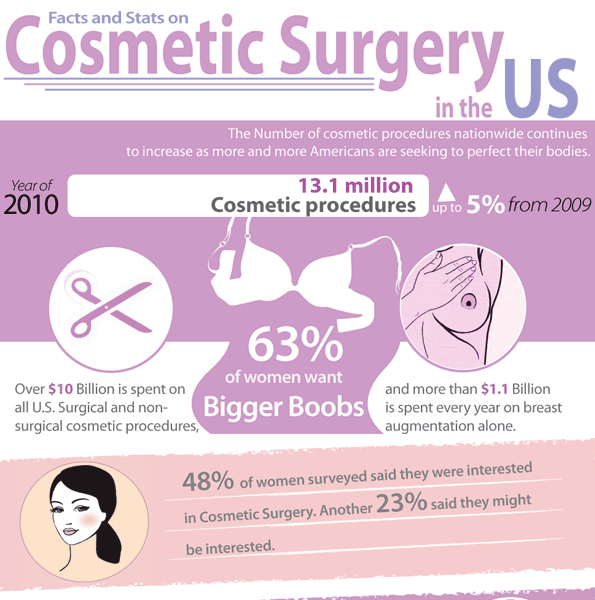Acne marks and dark marks can continue to be even after the blemish itself has actually removed. But there are several natural, over-the-counter and clinical treatments that can reduce their look.
Ice pick scars are little imprints that look like pinpricks; rolling marks have a wave-like look and superficial deepness; boxcar scars have clear edges; hypertrophic scars are increased bumps. Treatments include skin needling, where your doctor rolls a needle-studded device over the skin; and surgical excision, when a healthcare professional cuts out deep scars.
1. Exfoliate
Acne marks discolor best when they aren't covered with dead skin cells. Peeling gets rid of the build-up and permits fresh skin cells ahead to the surface area. It likewise makes acne marks less visible.
A skin specialist can suggest exfoliation techniques for your particular skin type. Dry skin may benefit from peeling with scrubs or various other mechanical approaches, while oily skin might need a chemical peel. Those with darker skin tones need to be careful using more powerful chemical therapies, as they can trigger dark areas and sensitivity.
If you have acne scars, avoid selecting or pressing at them, which can make them even worse. Inflammation triggered by irritation increases the opportunity of scarring. Selecting can leave ice-pick marks, which are narrow indentations with a point at the end. You can additionally obtain boxcar marks, which are imprints with larger edges. You can additionally establish hypertrophic or keloid scars. These are raised bumps of mark cells that can be scratchy and uncomfortable.
2. Moisturize
After completing your acne therapy, maintaining skin clear and healthy requires a consistent skin care routine that safeguards from breakouts and lowers post-acne marks. This consists of a gentle cleanser and cream, non-comedogenic items that don't clog pores, and staying clear of foods that aggravate skin or trigger acne flare-ups.
Utilizing a lightweight, non-comedogenic cream with active ingredients like hyaluronic acid and glycerin can assist hydrate skin while additionally boosting skin structure and promoting recovery. Try to find a product that is formulated without scent or parabens.
A product that targets lingering acne marks with active ingredients such as skin-brightening tranexamic acid and bakuchiol can enhance dark spots or irregular tone triggered by inflammation. It delicately resurfaces the skin while smoothing rough and distinctive locations. A product that incorporates a retinoid and a plant-based retinol choice can likewise improve the look of deeper marks while concurrently targeting existing blemishes and protecting against future breakouts.
3. Cover Up
As soon as your acne scars heal, you can conceal them with makeup and a concealer. Simply make certain you're only using the product over marks that are completely healed (not fresh ones), claims Sotomayor. Then, complete your look with a bold lip shade or statement great smoky eyeshadow for optimal effect.
When it comes to picking a foundation or colored moisturizer, it's important to choose one that is noncomedogenic and oil-free. This will aid keep your skin clear and protect against the blocking of pores that botox injections near me can lead to brand-new breakouts.
The very same goes for picking a concealer. Search for a formula that supplies full coverage however still feels lightweight and blendable on the skin. Also, when concealing indentations from acne marks, it's an excellent idea to locate a color that matches your all-natural skin tone (as opposed to a shade lighter or darker). This will certainly assist hide the indents more effectively. This beneficial balm is an outstanding alternative for brightening and lightening post-inflammatory hyperpigmentation, which can be brought on by acne or other inflammatory skin disease. It contains moisturizing panthenol, softening shea butter and strengthening peptides that minimize redness and scaly appearance.
4. See Your Skin specialist
The marks that form from serious acne often need therapy by a doctor or skin specialist. Before that can occur, however, a client needs to have their acne under control. This includes not selecting or squeezing acne areas, and making use of gentle cleansers and water-based non-comedogenic items that will not clog pores.
If pharmacy cleansers and place treatments aren't removing your skin, schedule a visit with a skin doctor. The dermatologist can suggest various other therapies that help remove your skin without drying it out or bothersome it.
A dermatologist can likewise deal with other type of post-acne marks, consisting of dark spots that are a kind of hyperpigmentation called PIH (post-inflammatory hyperpigmentation). A topical retinoid like adapalene can noticeably lighten these marks and discolor them rapidly. For various other sorts of scars, the physician can recommend a more intensive therapy. This can include microdermabrasion or chemical peels that are done right in the workplace. Relying on the severity of your scars, these therapies might need to be repeated.
